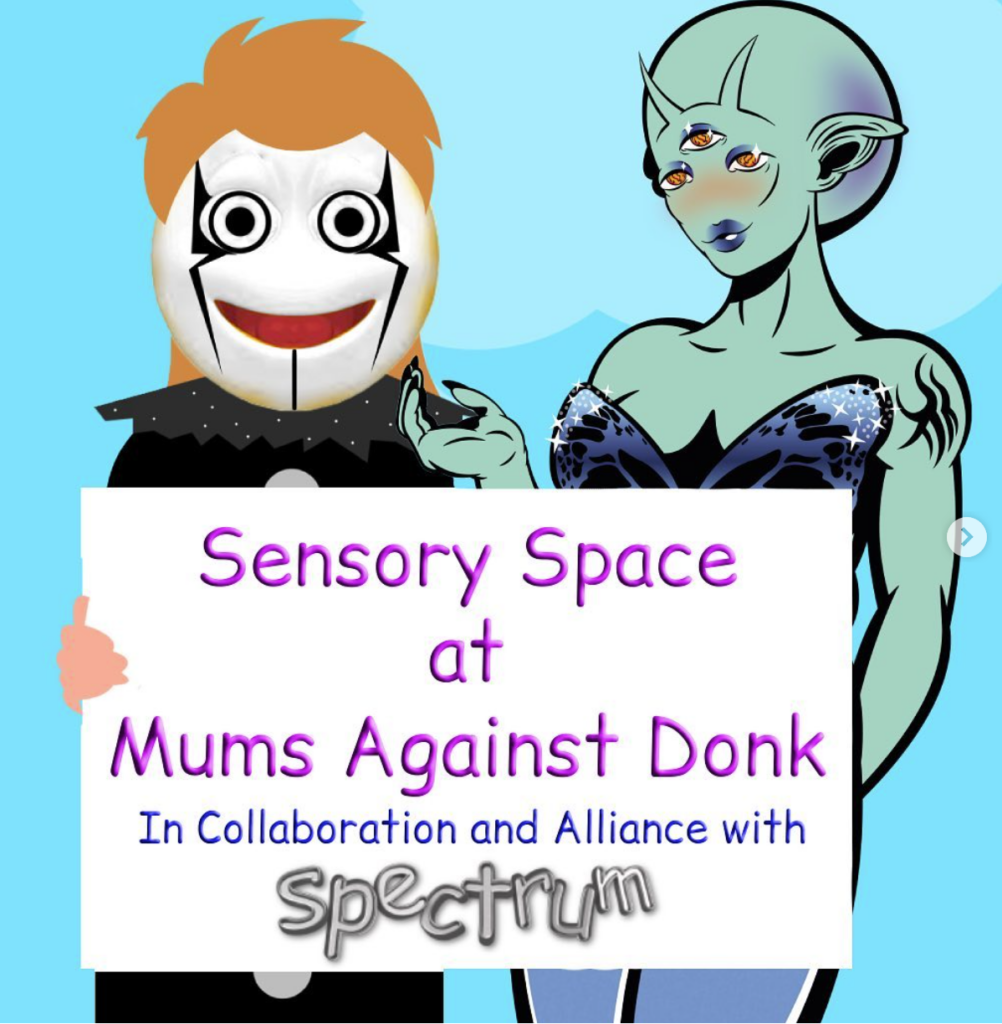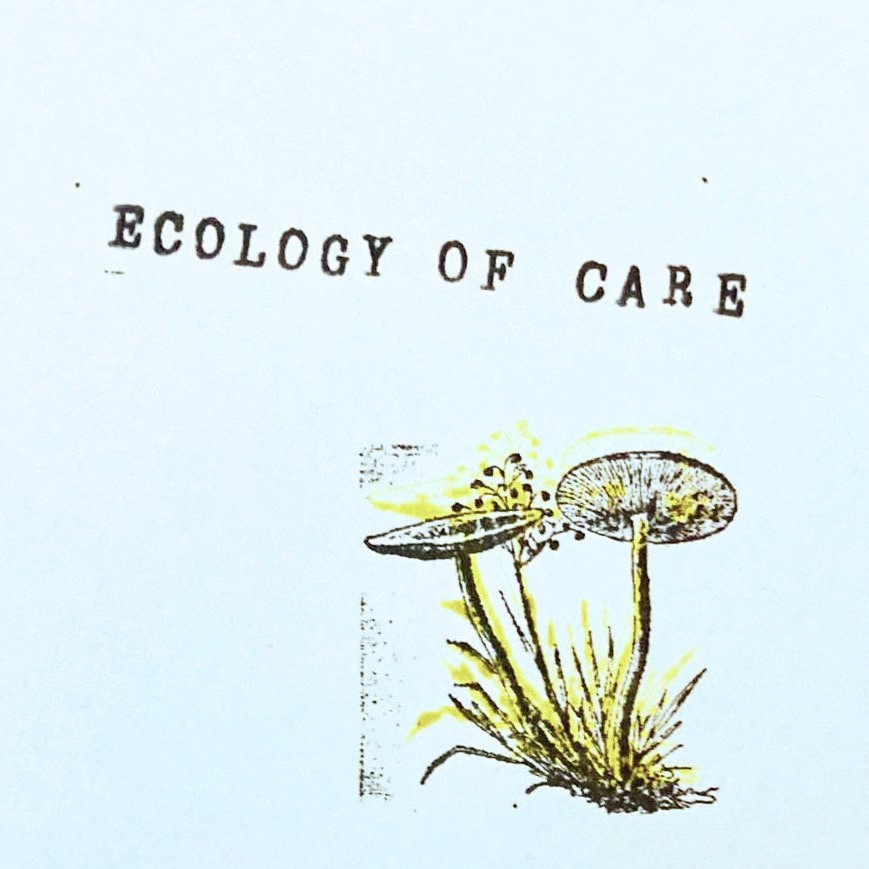Neurodiverse Nightlife: redefining nightlife for everyone
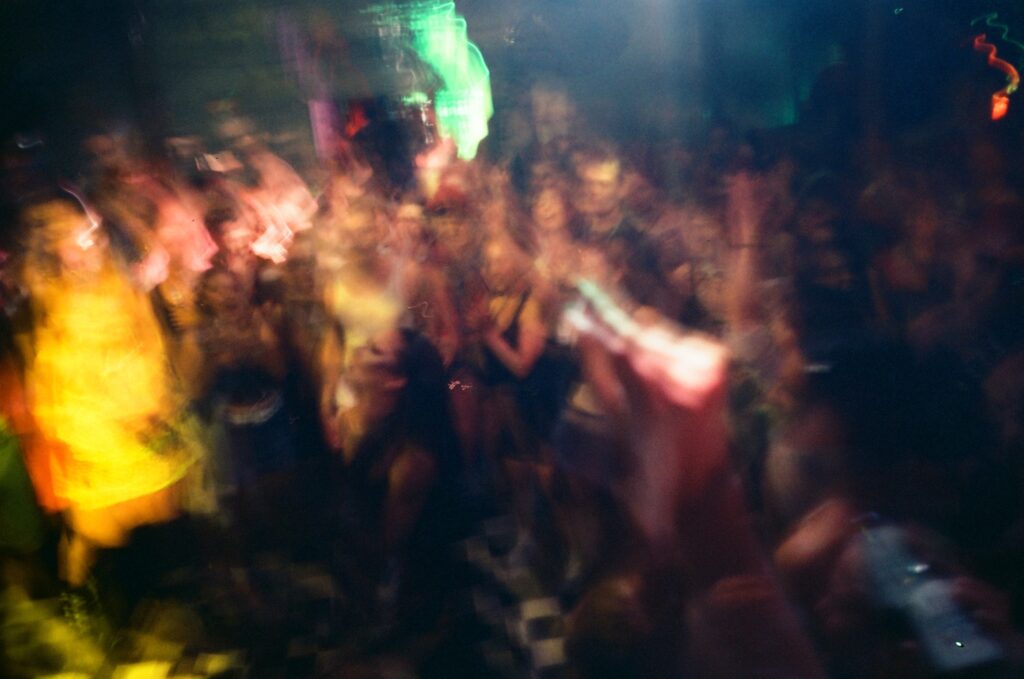
Nightlife Photography, 2023, by Solar Klinghofer Bar-Dov.
The dancefloor has long been a haven for individuals seeking solace, connection, and a break from the mundane. However, as we traverse the post-club era, it becomes imperative to question the true inclusivity of these spaces and consider the needs of those often marginalised, particularly the autistic community.
Historically, nightclubs have been hailed as spaces of liberation and unity, fostering a sense of belonging among diverse communities. Yet, as nightlife evolves and the landscape shifts, the essence of inclusivity faces challenges. The decline of traditional club structures and societal perceptions of nightlife as a “burden” has prompted a shift towards temporariness and seasonality in venue concepts. The question then arises: how can the future of nightlife be reshaped to prioritise safety and a sense of belonging for autistic individuals?
Attend our panel discussion on “Exploring the Evolution of Club Culture: Fostering Awareness, Inclusivity, and Accessibility” at 11 am on stage 3 at the Nighttime Economy Summit in Manchester on 8th Feb.
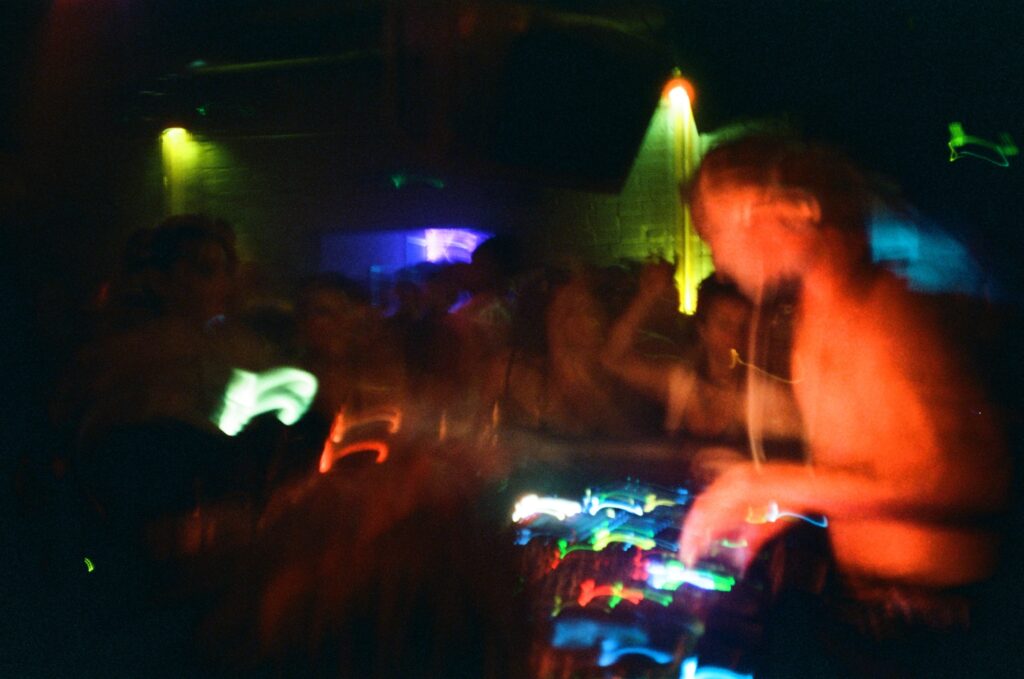
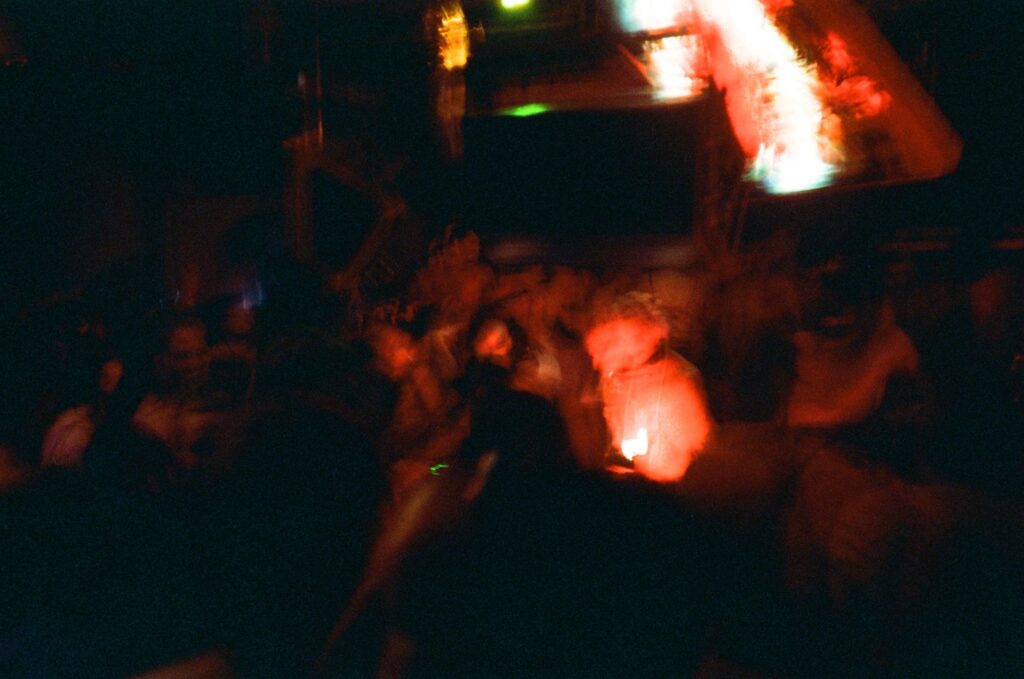
Photography by Solar Klinghofer Bar-Dov.
Autism, a spectrum of unique experiences, often encounters barriers in the sensory-rich environments of nightclubs. Sensory overload, social interaction difficulties, and a lack of accommodations can make navigating these spaces challenging. As we envision the future of nightlife, it is crucial to understand that the spectrum is not linear; it is more similar to a colour wheel, with each individual occupying a distinct position on this wheel. Recognising and accommodating this diversity is the key to fostering an inclusive dancefloor.
One of the primary barriers identified is sensory overload, where crowded spaces, flashing lights, and booming music create a whirlwind of stimuli. Autistic individuals often find their nightclub experiences cut short, leaving after a few minutes due to a lack of accessibility to meet their specific needs inside venues. The absence of low-volume areas within clubs, where individuals can seek respite from the sensory overload, underscores the need for design innovation.
Herein lies an opportunity for the evolution of nightclub design – a concept rooted in “sensory zoning.” Professor Magda Mostafa’s ‘ASPECTSS*’ highlights the potential benefits of clearly designated high-stimulation and low-stimulation zones within built environments. Implementing such an approach not only caters to the needs of autistic individuals but enhances the overall experience for all patrons. Nightclub design can embrace inclusivity through innovative spatial sequencing, escape spaces such as chill-out rooms, and allowing for spatial transitions in the space between high-sensory and low-sensory rooms.
Nightlife, as an immersive experience, is not confined to the dancefloor alone. The anticipation of entering a crowded venue, standing in lines, and navigating unplanned social interactions can trigger anxiety, emphasising the need for predictability. Venue Accessibility Plans and Access Riders can offer comprehensive information about the layout, ensuring accessibility for clubgoers and empowering individuals to plan their nights out in advance.
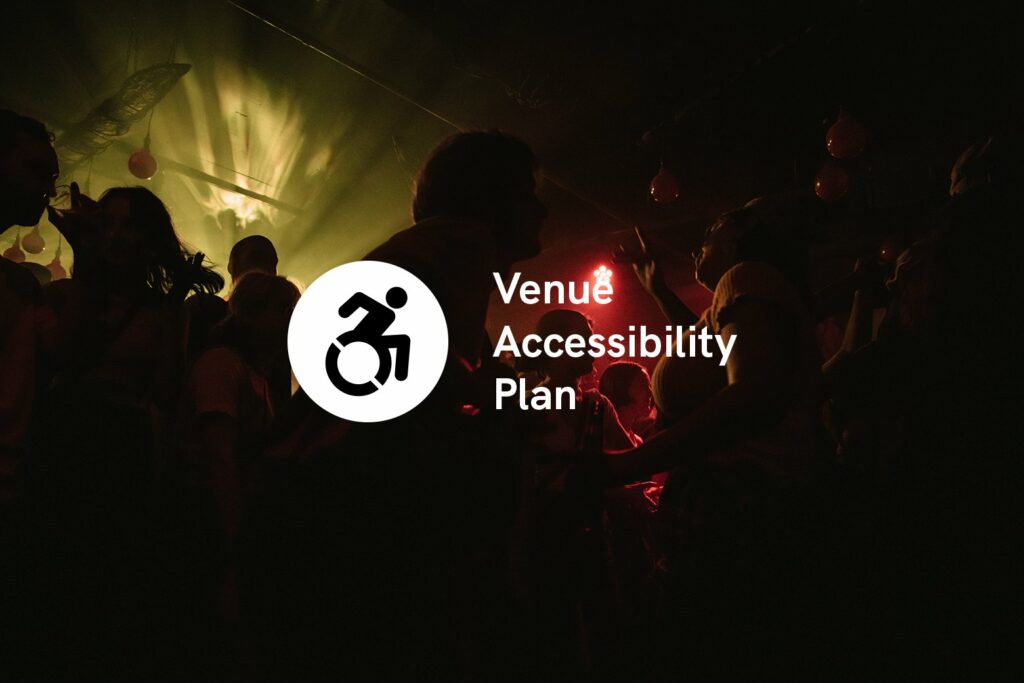
Sub Club Melbourne | Venue Accessibility Plan
Moreover, the introduction of live broadcasting events transcends physical boundaries, enabling everyone to partake in the club experience no matter their access needs. The universal design principle comes into play, offering options that enhance accessibility and cater to the diverse needs of both neurodivergent and neurotypical individuals.
Education and awareness emerge as pivotal elements in reshaping the nightlife landscape. Stereotypes and misconceptions surrounding autism often lead to a lack of understanding. Stakeholders, including club owners, staff, security, and patrons, should be aware of the diverse needs within their venues and be transparent with patrons on their offerings. Transparent accessibility plans, clear community guidelines, and informative graphics strategically placed throughout venues, such as clear signage, contribute to a safer and more inclusive environment.
Collaboration and co-creation with the autistic and neurodiverse community are cornerstones of this transformative journey. Sensory Spaces can offer a respite from the typical club setting and produced in partnership with neurodiverse collectives, such as Spectrum and Ecology of Care.
Glastonbury Festival embraced Sensory Calm Spaces at their 2023 edition, fostering positive feedback from both neurodiverse and neurotypical attendees. Allowing patrons to provide feedback easily is crucial in consciously improving your venue to suit diverse needs. These initiatives showcase the power of collective effort in creating safer and more inclusive spaces.
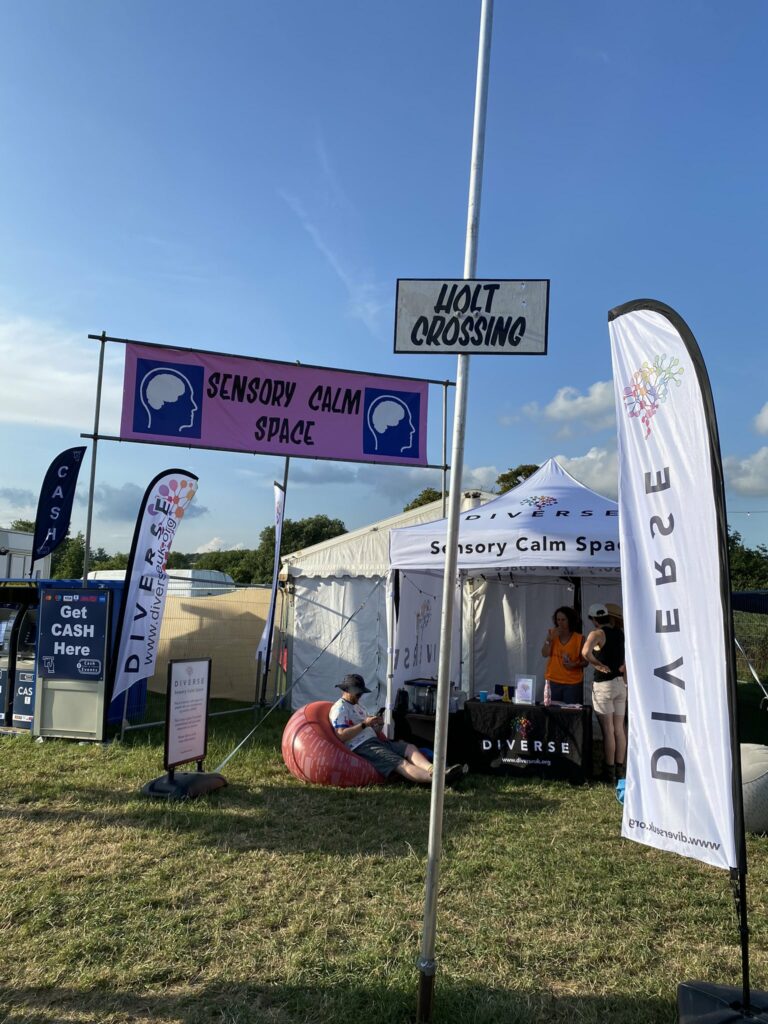
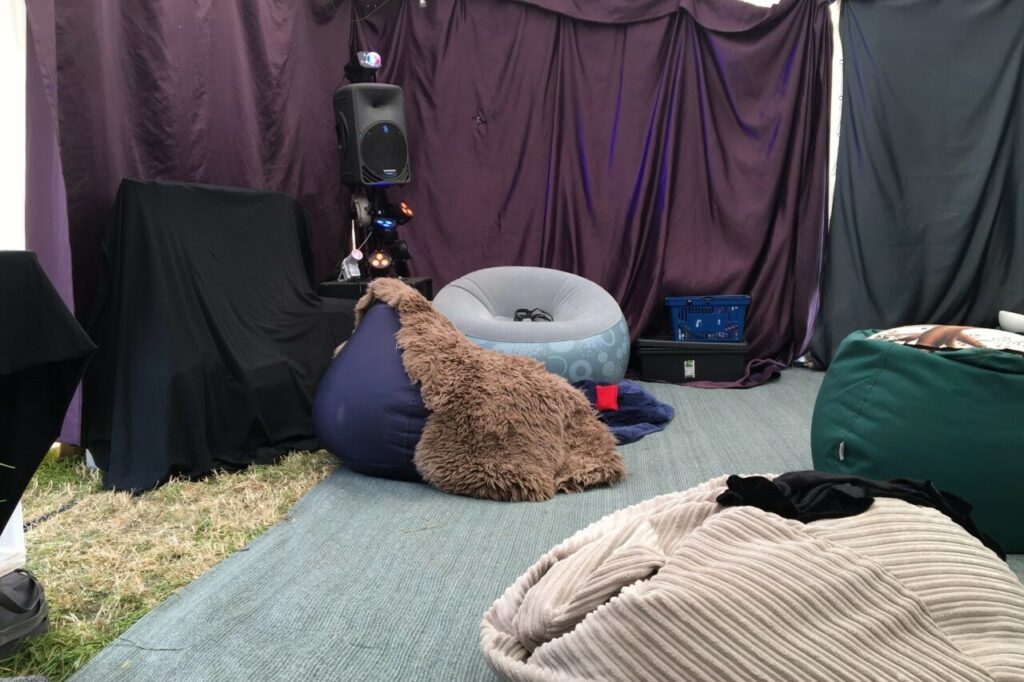
Sensory Calm Space by Diverse UK at Glastonbury Festival.
As we envision the future of nightlife, let it be a harmonious blend of diversity, where dancefloors transcend barriers and embrace the unique needs of every individual. By accommodating the authentic traits of autistic individuals, nightlife can evolve into a more inclusive space for all, where dancefloor intimacy and empathetic spaces redefine the essence of community on the dancefloor.
If someone isn’t invading your personal space or behaving aggressively, consider extending grace and generosity to share the space with them. The dancefloor should promote an empathetic community, and as we move forward, let empathy guide our steps towards a future where everyone, irrespective of their neurodiversity, finds their place in nightlife.
See you at the Nighttime Economy Summit on 8th Feb!

